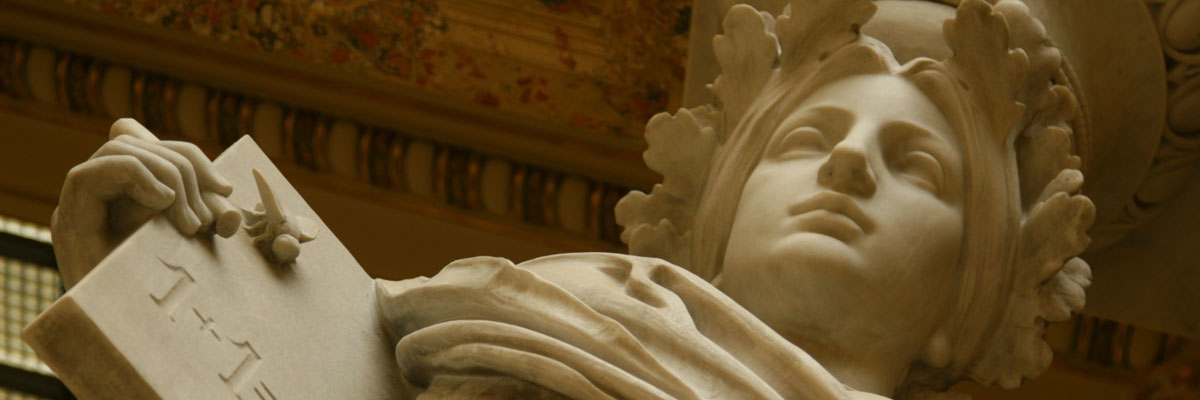
Insect wings may have evolved from gills
03. 01. 2024
How did insect wings originate? This is a question that represents an unsolved mystery of insect evolution. Despite many years of research, it is still not entirely clear from which body structure insect wings actually evolved and what their original function was when they were not yet efficient enough to perform active flight. Scientists from the Biology Centre of the Czech Academy of Sciences were also involved in looking for answers to these questions in newly discovered prehistoric fossils of an ancient group of insects.
There are various hypotheses regarding the origin of insect wings. To some extent, they depend on the fact whether the common ancestor of winged insects lived in an aquatic or terrestrial environment. While several studies connect the origin of wings with the gills of some representatives of aquatic insects, the support of the terrestrial origin of winged insects is currently more prevalent.
New evidence is provided by an international team of researchers with the participation of entomologists from the Biology Centre in a study just published in the journal Communications Biology. Czech scientists, together with their German colleagues, found in a quarry in Lower Saxony new palaeozoic fossils of the larvae of an ancient group of insects named Palaeodictyoptera from the Carboniferous period (extinct at the end of the palaeozoic). With their body structure, these larvae resemble a hypothetical winged insect ancestor and thus provide new clues to resolving this evolutionary mystery.
In the fossils, scientists have discovered several adaptations for life in an aquatic environment, most notably several pairs of flattened projections on the sides of abdomen, that probably functioned as gills. In the larvae, they also observed three pairs of future wings on the thorax, the detailed structure of which is very similar to the aforementioned gill plates on the abdomen. It can therefore be assumed that these so-called wing pads also participated in the intake of oxygen from the aquatic environment.
Read also
- We need a new European institute for AI in science, academies advise
- Czech Republic has a new weapon against dangerous viruses and infections
- Searching for mammals in the mountains of Papua New Guinea
- Opening the door to the development of molecular chips
- The first humans came to Europe 1.4 million years ago
- Frozen behaviors in amber fossils
- Front-flip: parasitic fish embryos must learn it when they are two days old
- Light-triggered chemistry in a single molecule
- Unique butterfly-shaped magnetic graphene nanoparticle combines two concepts of magnetism formation
- Altermagnetism has been experimentally confirmed
The Czech Academy of Sciences (the CAS)
The mission of the CAS
The primary mission of the CAS is to conduct research in a broad spectrum of natural, technical and social sciences as well as humanities. This research aims to advance progress of scientific knowledge at the international level, considering, however, the specific needs of the Czech society and the national culture.
President of the CAS
Prof. Eva Zažímalová has started her second term of office in May 2021. She is a respected scientist, and a Professor of Plant Anatomy and Physiology.
She is also a part of GCSA of the EU.